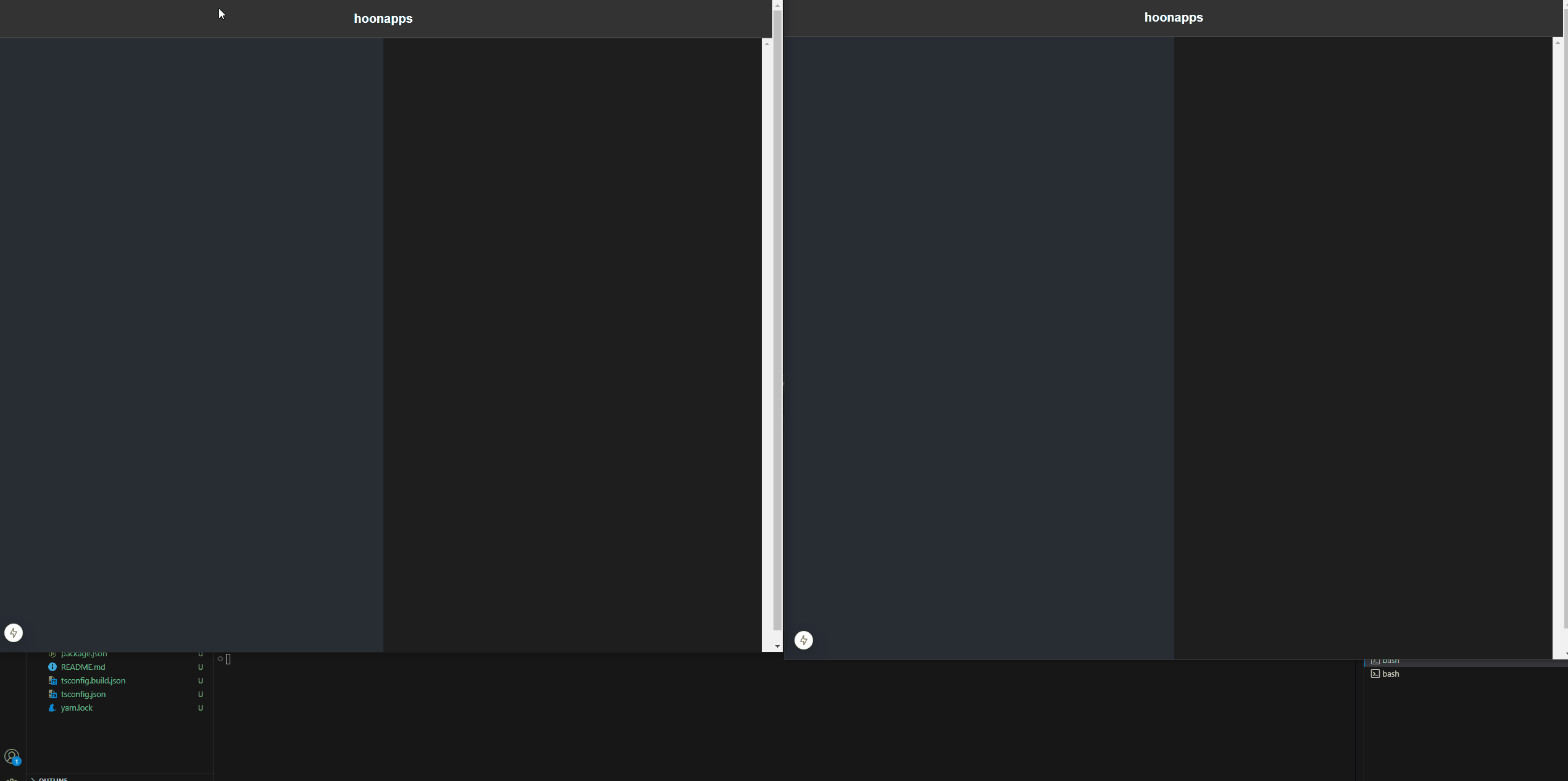[NestJS + NextJS] Building Real-Time Collaboration with WebSocket
Hi there! In this post, I’ll walk you through the process of building a simple real-time Markdown editor. This project leverages NestJS for WebSocket integration and NextJS with markdown-it for Markdown parsing and rendering.
Let’s dive in! 🚀
Step 1. Project Overview
Objective:
- A simple project created to practice WebSocket implementation.
- Enable multiple users to collaboratively edit a Markdown document in real time on the same page.
Step 2. Introduction to WebSocket
A WebSocket is a communication protocol that provides full-duplex communication channels over a single TCP connection. It enables real-time, event-driven connection between a client and a server.
Step 3. Implementation Process
3.1 Backend: WebSocket Server with NestJS
- Set up NestJS and Install Dependencies
1 2 3 4
nest new markdown-collab npm install @nestjs/websockets @nestjs/platform-socket.io socket.io redis npm install --save-dev @types/socket.io npm install class-validator class-transformer
Create a WebSocket Gateway
1 2 3 4 5 6 7 8 9 10 11 12 13 14 15 16 17 18 19 20 21 22 23 24 25 26 27 28 29 30 31 32 33 34 35 36 37 38 39 40 41 42 43 44 45 46 47 48 49 50 51 52 53
import { WebSocketGateway, WebSocketServer, OnGatewayConnection, OnGatewayDisconnect, SubscribeMessage, MessageBody, ConnectedSocket, } from '@nestjs/websockets'; import { Server, Socket } from 'socket.io'; @WebSocketGateway({ cors: true }) export class CollabGateway implements OnGatewayConnection, OnGatewayDisconnect { // WebSocket server instance @WebSocketServer() server: Server; // Map to store document content by document ID private documents: Map<string, string> = new Map(); // Triggered when a client connects to the server handleConnection(client: Socket) { console.log(`Client connected: ${client.id}`); } // Triggered when a client disconnects from the server handleDisconnect(client: Socket) { console.log(`Client disconnected: ${client.id}`); } // Handle the 'join-document' event, allowing a client to join a specific document room @SubscribeMessage('join-document') handleJoinDocument( @MessageBody() data: { docId: string }, // Extract the document ID from the message body @ConnectedSocket() client: Socket, // Access the connected socket ) { client.join(data.docId); // Join the specified document room const content = this.documents.get(data.docId) || ''; // Retrieve the document content or default to an empty string client.emit('document-content', { content }); // Send the current document content back to the client } // Handle the 'edit-document' event, updating the document content and notifying other clients in the same room @SubscribeMessage('edit-document') handleEditDocument( @MessageBody() data: { docId: string; content: string }, // Extract the document ID and new content from the message body @ConnectedSocket() client: Socket, // Access the connected socket ) { this.documents.set(data.docId, data.content); // Update the document content in the Map this.server .to(data.docId) // Broadcast to all clients in the specified document room .emit('document-updated', { content: data.content }); // Notify clients with the updated document content } }
3.2 Frontend: Real-Time Updates with React
- Set up NextJS and Install Dependencies
1 2
npx create-next-app@latest markdown-editor npm install socket.io-client markdown-it Initialize WebSocket in React
1 2 3 4 5 6 7 8 9 10 11 12 13 14 15 16 17 18 19 20 21 22 23 24 25 26 27 28 29 30 31 32 33 34 35 36 37 38 39 40 41 42 43 44 45 46 47 48 49 50 51 52 53 54 55 56 57 58 59 60 61 62 63 64 65 66 67 68 69 70 71 72 73 74 75 76 77 78 79 80 81 82 83 84 85 86 87 88 89
"use client" import React, { useEffect, useState, useRef } from "react" import io, { Socket } from "socket.io-client" import MarkdownIt from "markdown-it" const mdParser = new MarkdownIt() const Home: React.FC = () => { const [docId] = useState("default-doc") const [content, setContent] = useState("") const [htmlPreview, setHtmlPreview] = useState("") const textareaRef = useRef<HTMLTextAreaElement | null>(null) const socketRef = useRef<Socket | null>(null) useEffect(() => { // Establish a WebSocket connection to the server const socket = io("http://localhost:3000") socketRef.current = socket // Join the default document room socket.emit("join-document", { docId }) // Listen for the initial document content sent by the server socket.on("document-content", (data) => { setContent(data.content) setHtmlPreview(mdParser.render(data.content)) }) // Listen for updates to the document from other clients socket.on("document-updated", (data) => { setContent(data.content) setHtmlPreview(mdParser.render(data.content)) }) // Clean up the socket connection when the component unmounts return () => { socket.disconnect() } }, [docId]) // Handle content changes in the textarea const handleContentChange = (e: React.ChangeEvent<HTMLTextAreaElement>) => { const newContent = e.target.value const renderedHTML = mdParser.render(newContent) setContent(newContent) setHtmlPreview(renderedHTML) // Emit the updated content to the server socketRef.current?.emit("edit-document", { docId, content: newContent }) } return ( <div style= > {/* Top title bar */} <div style= > hoonapps </div> {/* Main content area */} <div style= > {/* Markdown input area */} <div style=> <textarea ref={textareaRef} value={content} onChange={handleContentChange} style= /> </div> {/* HTML preview area */} <div className="markdown-preview" style= dangerouslySetInnerHTML= /> </div> </div> ) } export default Home
Step 4. Execution
- NestJS
1
npm run start
- NextJS
1
npm run dev
Step 5. Testing
- Open two browser windows and load the same document.
- When you edit the Markdown in one window, it will update in real time in the other window.
- The Markdown text will also render as HTML in the right-hand preview pane.
Conclusion
Through this project, I gained a deeper understanding of how WebSocket operates by implementing it in a real-time Markdown editor. Additionally, I explored the underlying principles of how WebSocket works. I encourage you to try building a simple visualization to practice and enhance your understanding as well!
Thank you for reading, and happy blogging! 🚀
